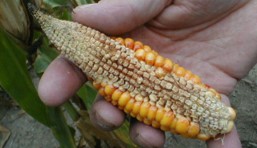
Crop Condition
- Depleted sugars in the stalk and collapsed cells contribute to early death and poor standability.
- Collapsed ear shanks may cause dropped ears.
- Stalk rot and ear rot pathogens can invade and grow rapidly if moisture returns.
- Insect infestation in field or storage may increase infection by stalk or ear rots and affect ability to harvest or store the crop.
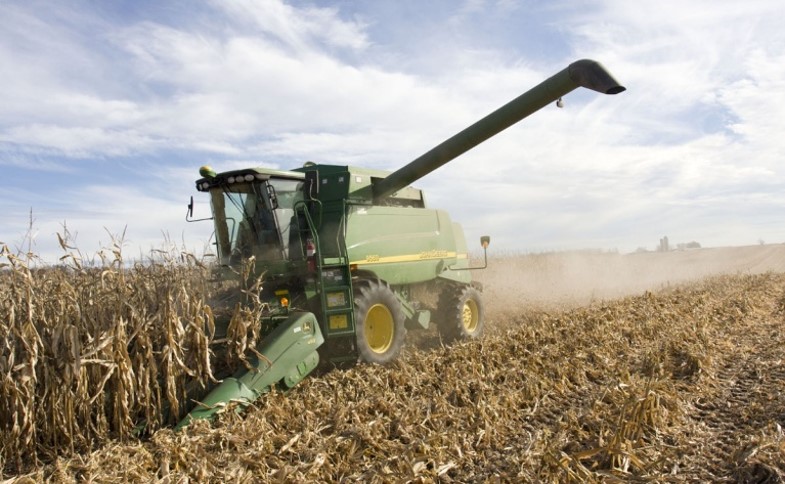
Harvest in a Timely Manner
- Stressed crops may deteriorate rapidly due to standability or grain quality issues.
- If wet conditions develop, crop condition will worsen even more quickly.
- Assess crop condition early and prioritize field harvest order accordingly.
- Dry down will be rapid. Moistures below 15% represent loss of saleable product.
Use Care When Setting Combine
- Adjust speed to keep the machine full and adjust gathering chains accordingly.
- Small, rubbery cobs will be difficult to thresh. Adjust concave, cylinder, fan speed and stripper plate settings accordingly, beginning with manufacturer’s suggested settings.
- Decrease the concave clearance first, then adjust cylinder speed, beginning lower than normal.
- Adjust sieves to retain a smaller grain size.
- Reduce the air carefully to remove lightweight materials but not the grain.
- Check frequently for changes in the crop or equipment that require re-adjustment.
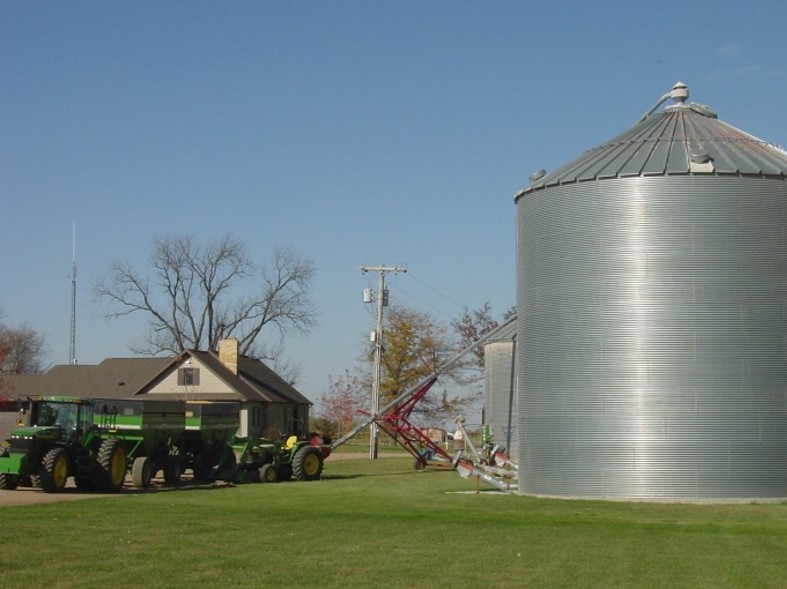
Handle Grain Carefully
- Stress cracks / broken kernels harbor high levels of fungi and easily develop storage diseases.
- Use a rotary screen, perforated auger housing or other screen to remove fines and broken kernels before storage.
- After filling, extract and redistribute grain from the bin center cone to remove the accumulated fines that restrict air flow.
- Monitor grain temperature and moisture regularly to detect “hot spots” of moisture or fungal activity early.
- Follow other recommended practices for long term storage (see Maintaining Corn Grain Quality Through Harvest and Drying at pioneer.com.
Grain Sale and Delivery
- Find market outlets early.
- Ability to take drought-stressed grain with inherent quality problems may be a factor for some buyers.
- Limits for broken or moldy kernels and test weight will differ, depending on export or domestic destinations.
- This will affect the ability to purchase or mix grain in some channels.
- Test grain samples and determine suitability for different buyers including local livestock or ethanol production as appropriate.
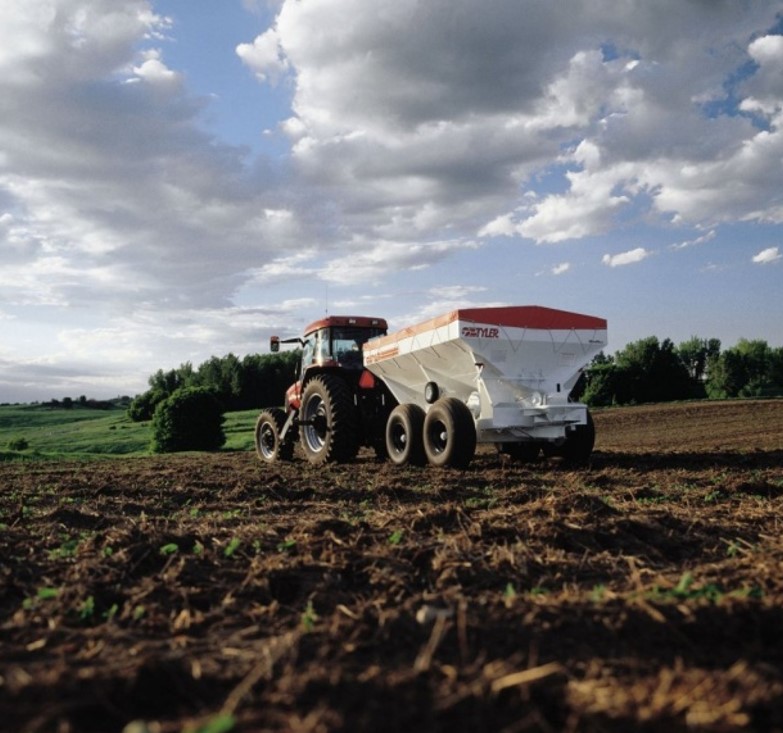
Reassess Tillage and Fertility Practices
- Overall stover levels will be lower, reducing the amount of tillage needed to manage it.
- Less tillage will save fuel and time while increasing erosion control.
- Lower fungal disease incidence in dry weather means lower inoculum levels on exposed residue for next year.
- Low grain yields mean reduced need for nutrient replacement; consider three-year replacement cycle rather than two-year.
- If harvest removed silage or stover, increased removal of P and K is likely.
- Dry summer soils will reduce nitrogen loss by leaching or denitrification. Consider testing for nitrogen before application if the field is going to corn next
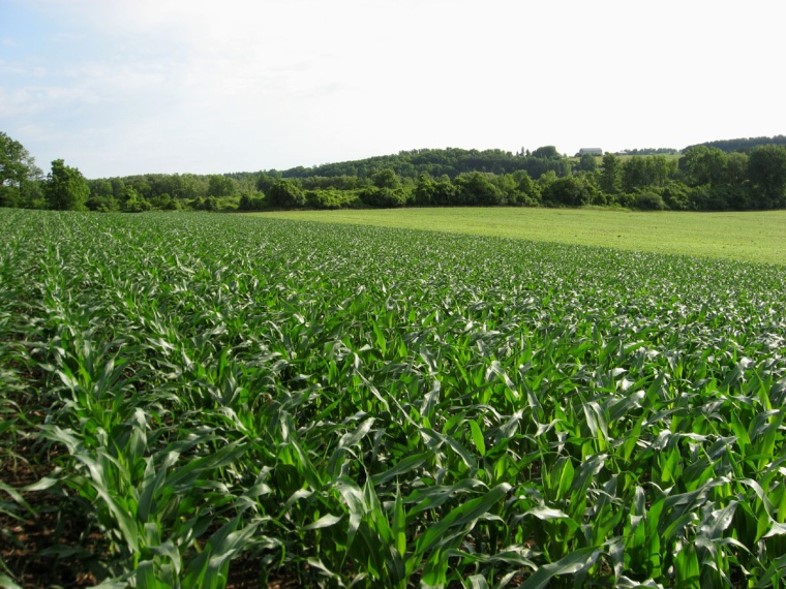
Assess Crop Rotations
- Consider possible residual nitrogen as a factor if going back to corn.
- Future weed seed supply in the soil will be ample where herbicides had difficulty controlling stressed weeds in dry soils.
- Herbicides fail to break down in dry soils, which could affect following crops.
- Depends on chemical used and method and timing of application
- Some crops and varieties/hybrids are more sensitive to specific chemistries
- Ask for and adhere to the manufacturer’s recommendations for following crops when there are risks of crop response
- Drought was widespread but conditions varied and different regions will have different problems, many of which may not be known until next spring.
Extreme Widespread Drought Occurs Infrequently
- Be cautious before making drastic changes in management based on one year’s experience.
- Use hybrids that have proven successful over a period of years.
- Significant reductions in planting rates could limit yield potential in a more normal year.
- No year is average. Flooding is just as likely as a drought next year.
Author: Chuck Bremer
Vol. 4 July 2012
The foregoing is provided for informational use only. Please contact your Pioneer sales professional for information and suggestions specific to your operation. Product performance is variable and depends on many factors such as moisture and heat stress, soil type, management practices and environmental stress as well as disease and pest pressures. Individual results may vary. CF120730 (201004)




